
mnemonic for the commons


mnemonic for the commons
“Capitalism must use up the gifts of life of others because it is supremely unproductive. To be fertile is to be life-giving. Capitalism, however, is the systemic denial of the principle of the gift, and it draws its energy from this denial. It ultimately feeds on our capacity to give life. Living beings cannot help but offer this gift because life is built on the principle of giving oneself away in order to transform.”
Andreas Weber, Enlivenment: Towards a Poetics for the Anthropocene, p.66.
-
mnemonic for the commons
This work investigated our only shared ancestry (Irish) to understand our grief entanglements with personal, institutional and systemic climate crises/pandemic losses. We responded to grief through touching surfaces, water, rocks, plants, edges, and other touched places. We transformed these sensual recordings into a transdisciplinary body of work called: mnemonic for the commons.
Our late mother’s wish was that we follow her historical fiction manuscript through the colliding records of pagan and Christian worldviews in Ireland. Our grief for her led us to a month-long residency at the Burren College of Art, situated in County Clare – the epicenter of her tale. The greatest colliding force within her writings were Sheela-na-gigs: relief sculptures in the form of a nude woman who is both ancient and youthful: a figure paradoxically near death, birth, pregnancy and fertility. A figure often found above portals into churches, castles and monasteries. The stone Sheela-na-gigs we documented had areas worn away from human touch – mostly her vulva – from everyday people eliciting her blessings and fertility throughout centuries – possibly millennia. The sensual act of touching Sheelas to acknowledge the responsive aliveness within art, stone and places informed our methods of making...
In thinking about institutional grief, also referenced in the manuscript, we visited the Irish Workhouse Centre in Portumna, East Galway. We wanted to experience this devastating institution in order to understand not only Irish history, but also Canadian Residential Schools, which were based on the British colonial blueprints of Irish Industrial Workhouses. After a bleak tour, permeated with feelings of grief and stories of institutional corruption, we documented ourselves touching worn stone staircases where people of the workhouse – alive just enough to pursue their inhumane labour conditions - traversed their daily routines. Wild plants, trees and vines were in a constant process of reclaiming the site, and had at one-point almost succeeded. We documented these flowers, clouds, winds and trees – doing their life-giving part to remedy this traumatized place.
The third aspect of this project was climate crisis grief, and its impacts on Ireland and the globe. Ireland was one of the first countries to declare a climate emergency. Situated within a bioregion that contains over 70% of Ireland's native flora, including unusual combinations of Arctic, Alpine and Mediterranean species, the Burren College of Art was poignantly linked to our practice through its commitment to ecological art.While traversing the Burren, we felt boulder encrusted ocean-side seascapes made barren by Neolithic humans that cut or burned all the forests down for agriculture. We felt the trees that never came back due to a simultaneous Icelandic volcano that produced a relentless change in weather that washed away all the topsoil. We felt the increasing vulnerabilities of ocean levels rising, and relatively ‘stable’ weather patterns changing. We documented these felt experiences through performances next to the ocean, in the mountains near ancient memorials, and under Sheelas watching over life-giving springs and graveyards.
The Burren’s rich living tradition of music attuned our ears to the soundscapes around us. We recorded deep sonics of rubbing boulders, river rock rhythms next to naked feet slipping into water, and hands moving sand over North Atlantic black beach stone.
With our recordings of performances and soundscapes, we created sensually provocative works that have been exhibited in-person and virtually. Touch has been salient– especially given its absence during the global pandemic, and remnant social fallout. Like the life cycle embodied within the Sheelas, we wanted the act of touching to evoke both grief, as we navigate the 6th Mass Extinction, and also aliveness. Sonically and visually, aesthetics of touch sensually recognized entanglements among control, capitalism and colonization as well as life-giving entities.
July 22, 2019. Bru na boinne (New Grange), Ireland.
July 24, 2019. Portumna Workhouse, Portumna, County Galway, Ireland.
July 26, 2019. Leamanegh, Killanaboy & Poulnabrone.
July 27, 2019. Ballinderry Sheelanagig.
July 28, 2019. Caher River & Poulnabrone.
July 31, 2019. Fanore Beach.
August 8, 2019. Balinea & Fanore.
August, 2019. between Cliffs of Moher & Fanore.
August 11, 2019. Cloughjordan, Ecovillage, Ireland.
August 12, 2019.
August 2019. Burren College of Art
August 2019. Newtown Castle Installation, Burren College of Art, County Clare, Ireland.
mnemonic for the commons
(live improvised electro-acoustic/tape-loop soundscape performance to accompany videos)
Debaser Fall Edition 2022, Ottawa, ON.
mnemonic for the commons. video. 2022.
Dublin





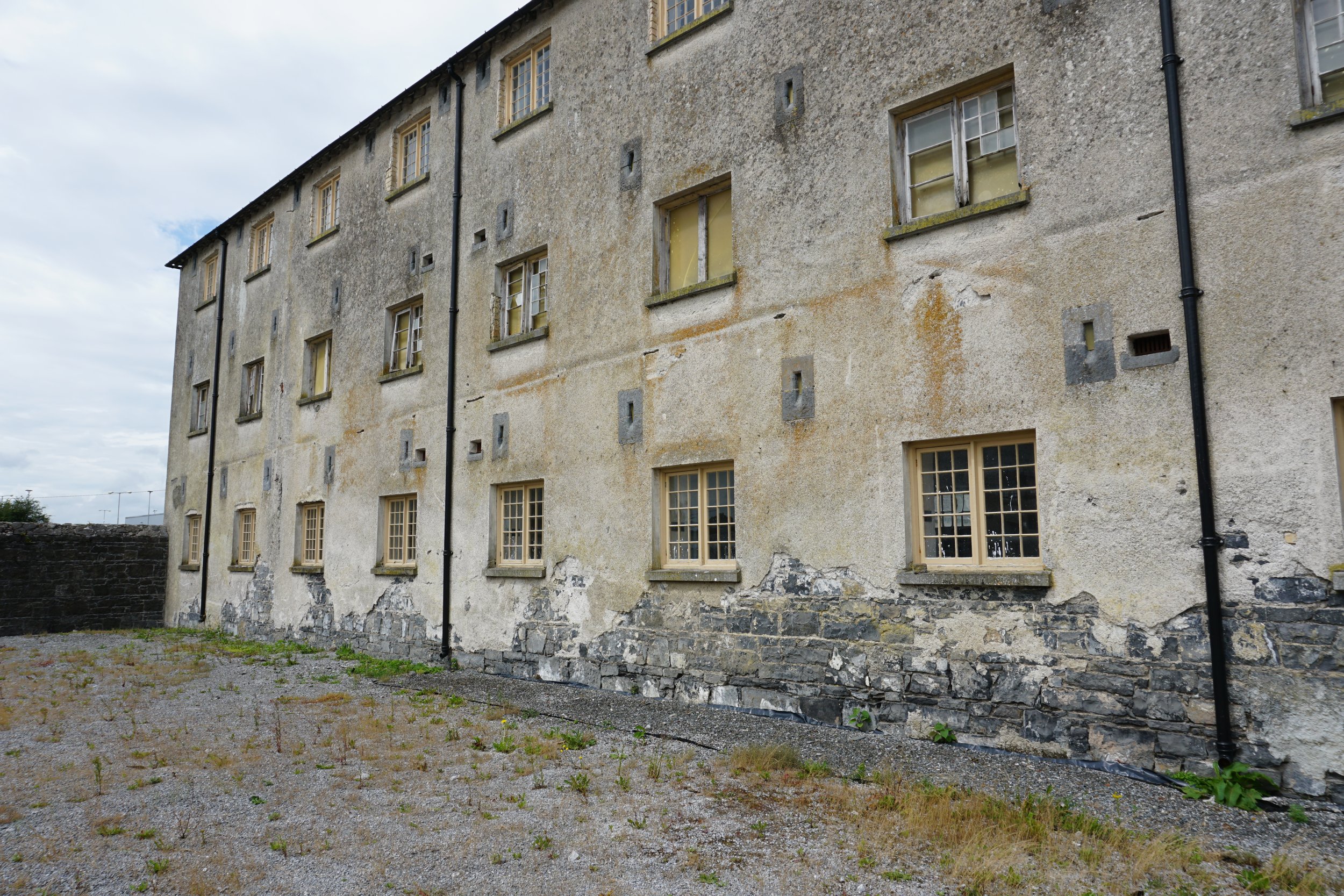



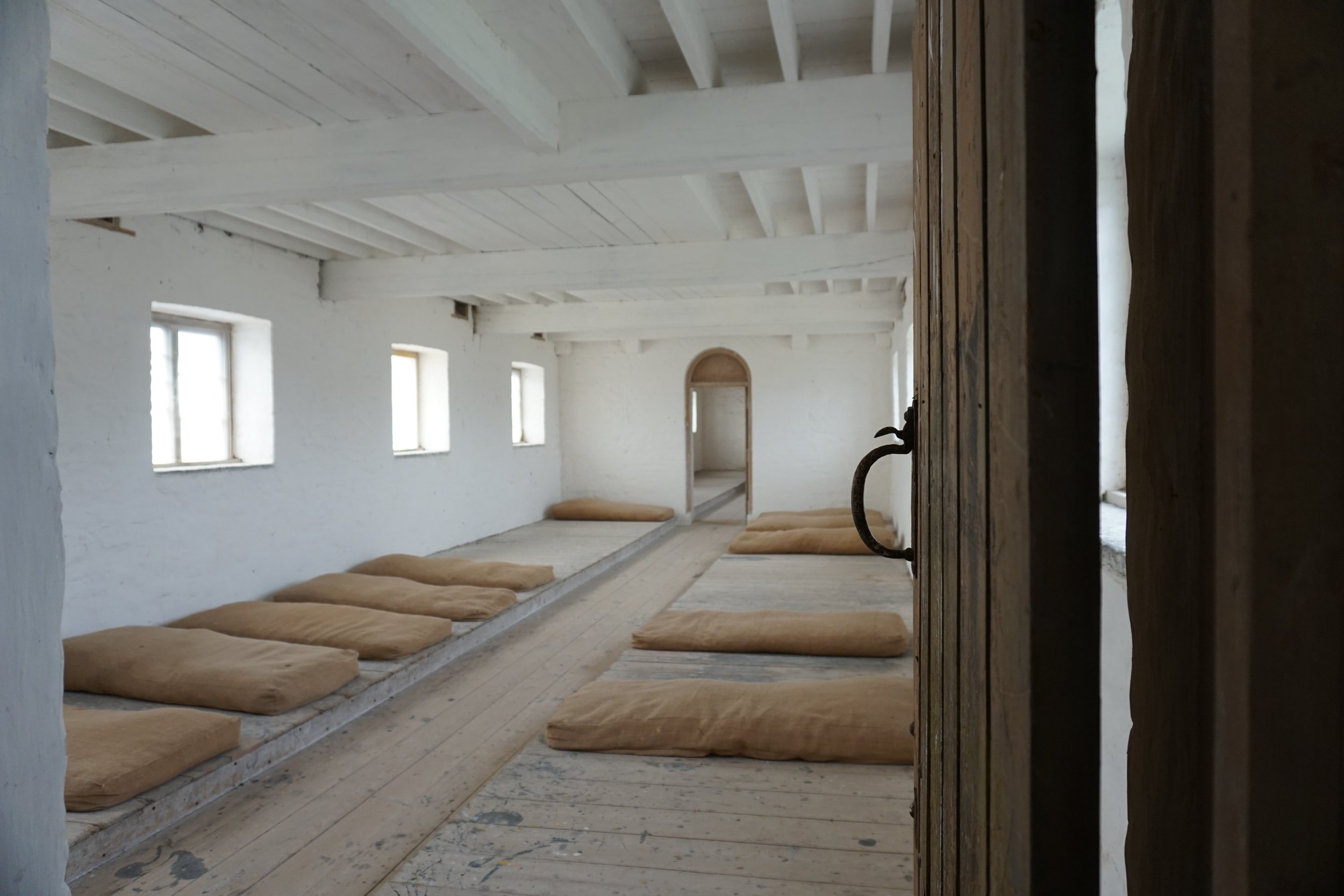




















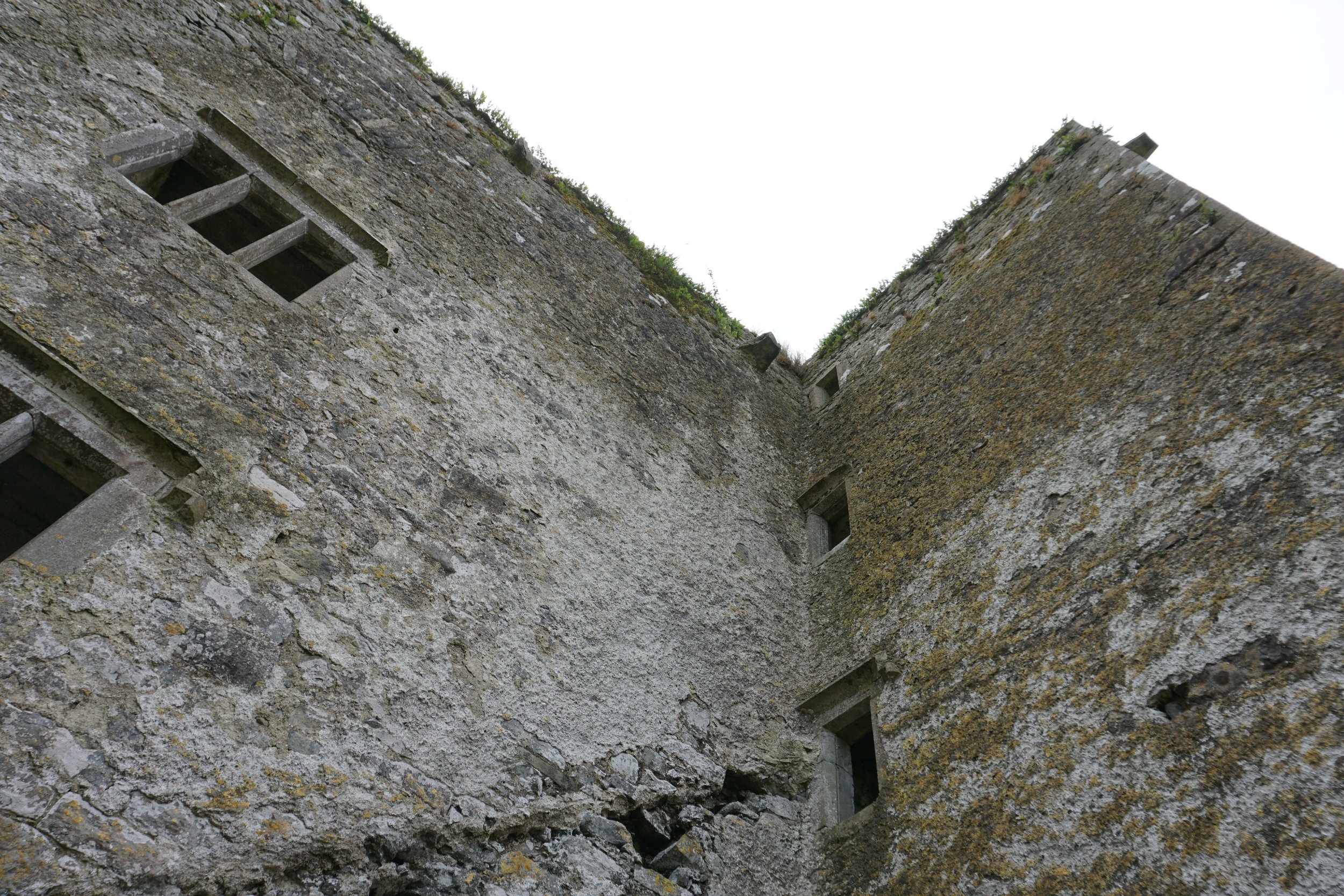



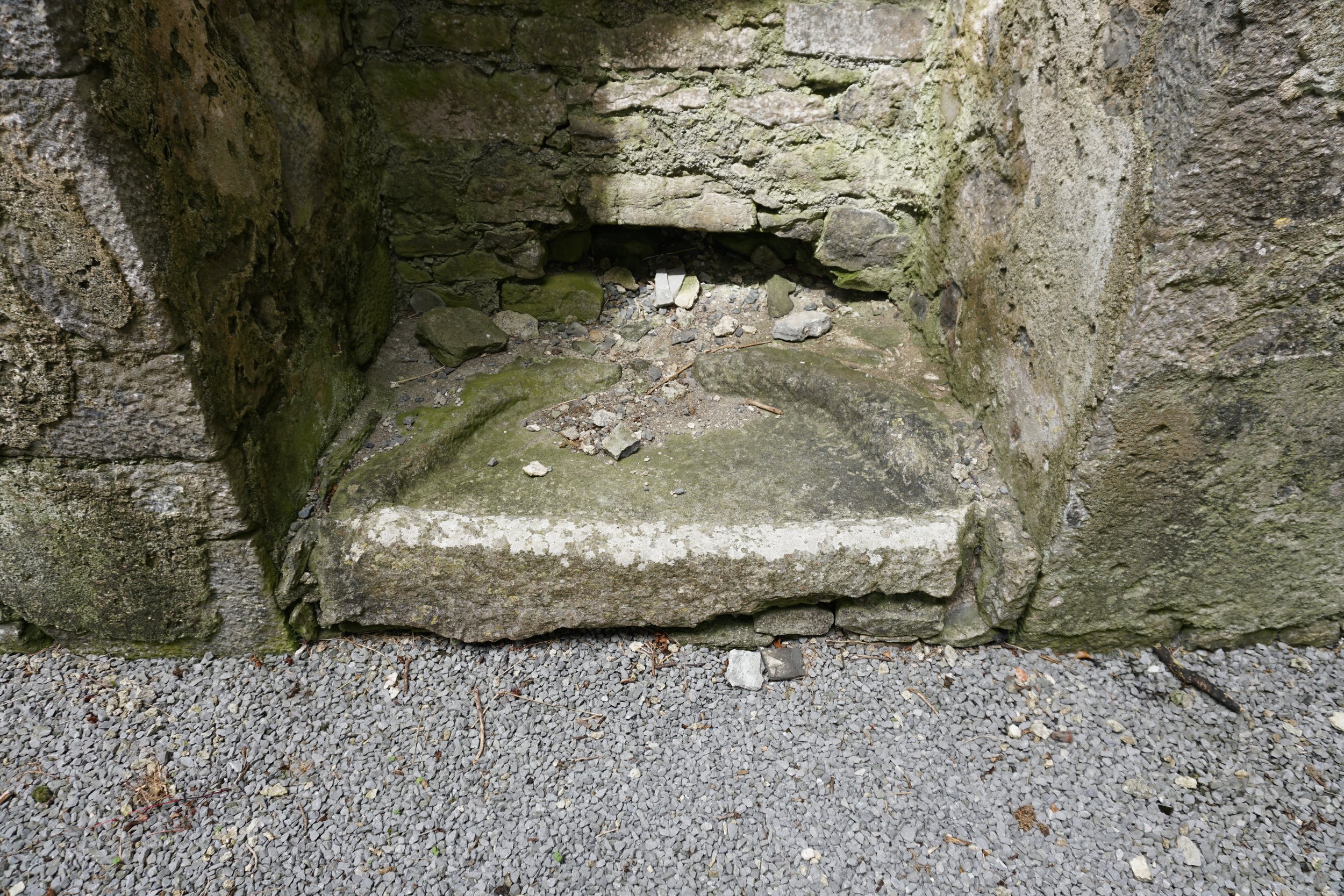





















































































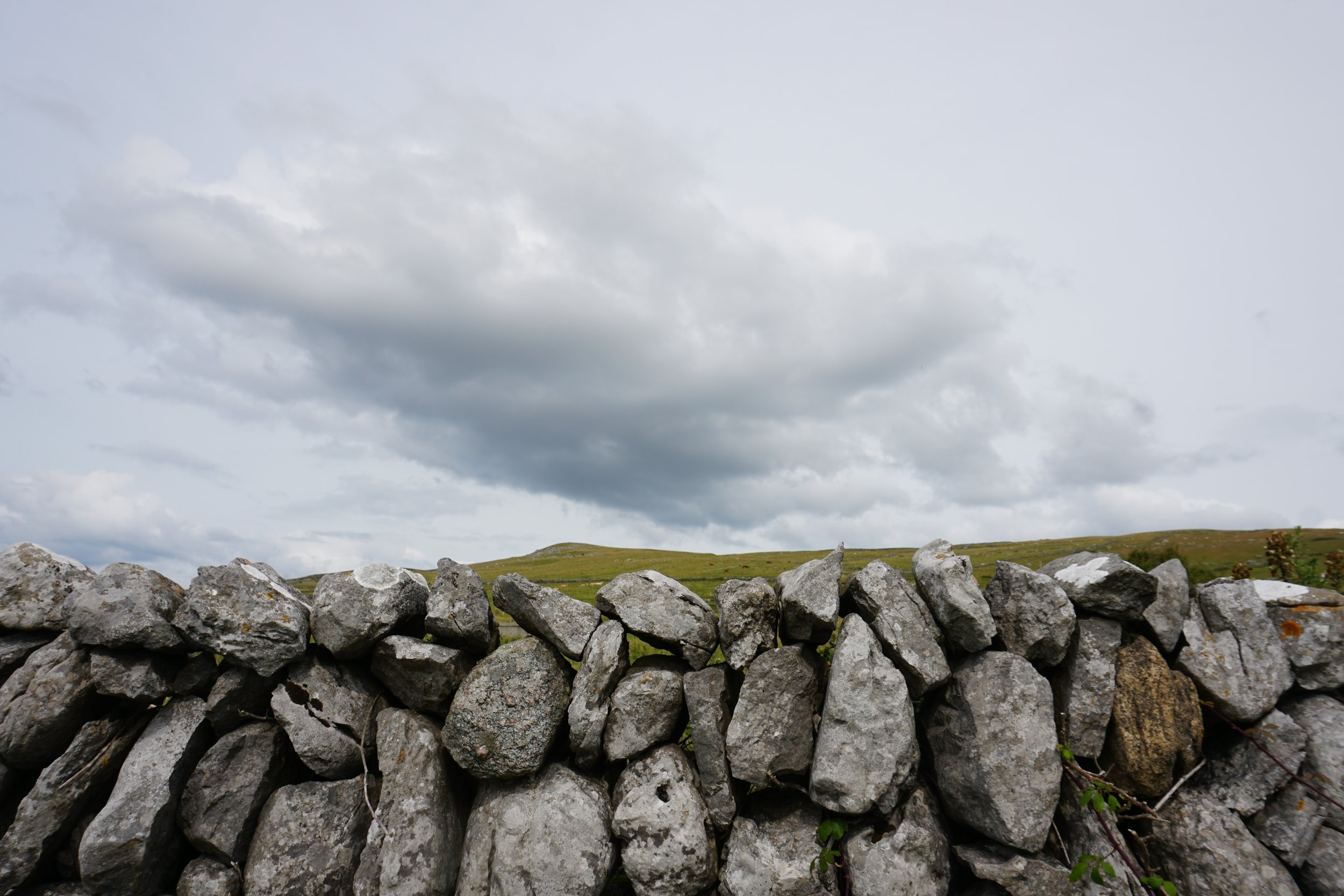





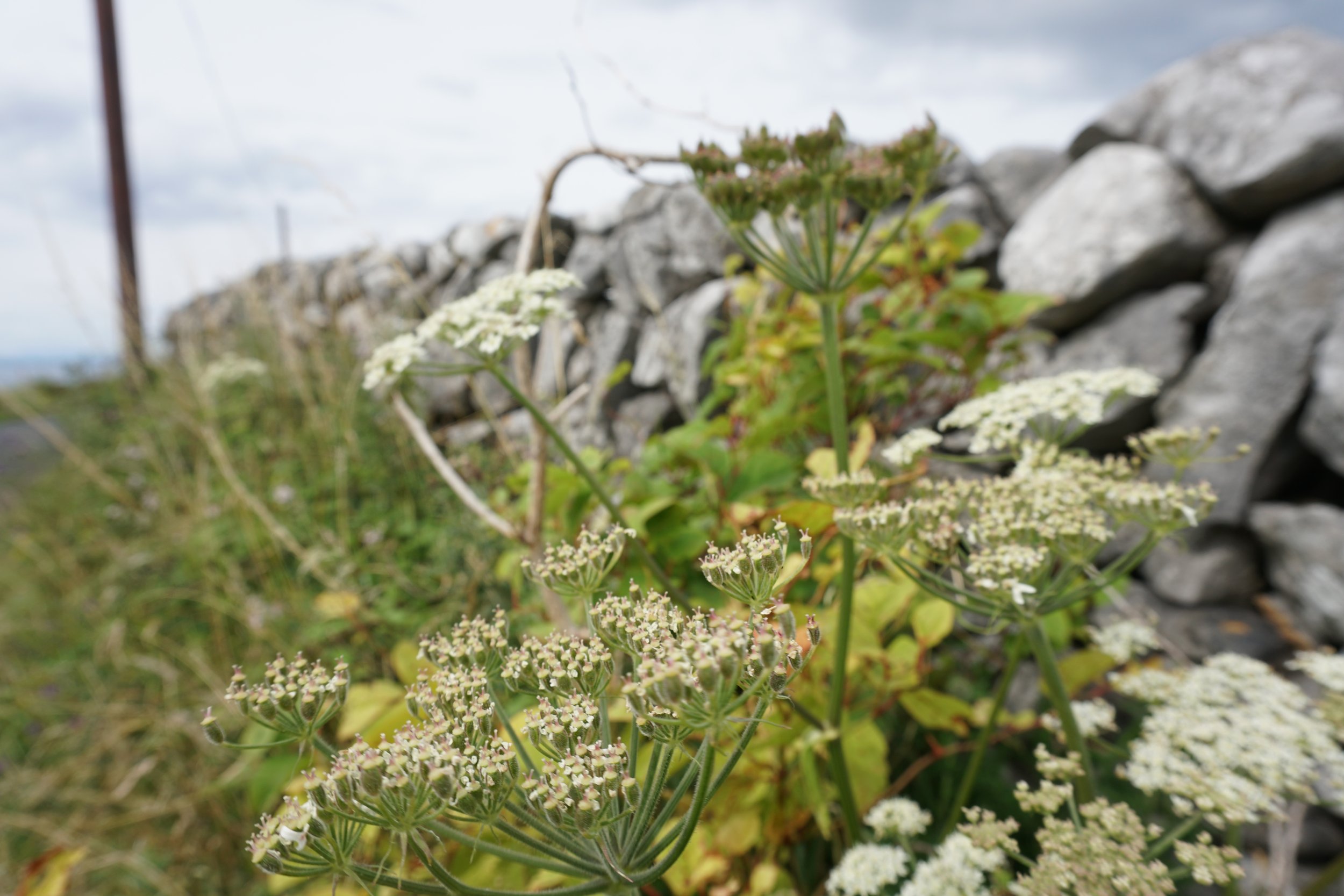















































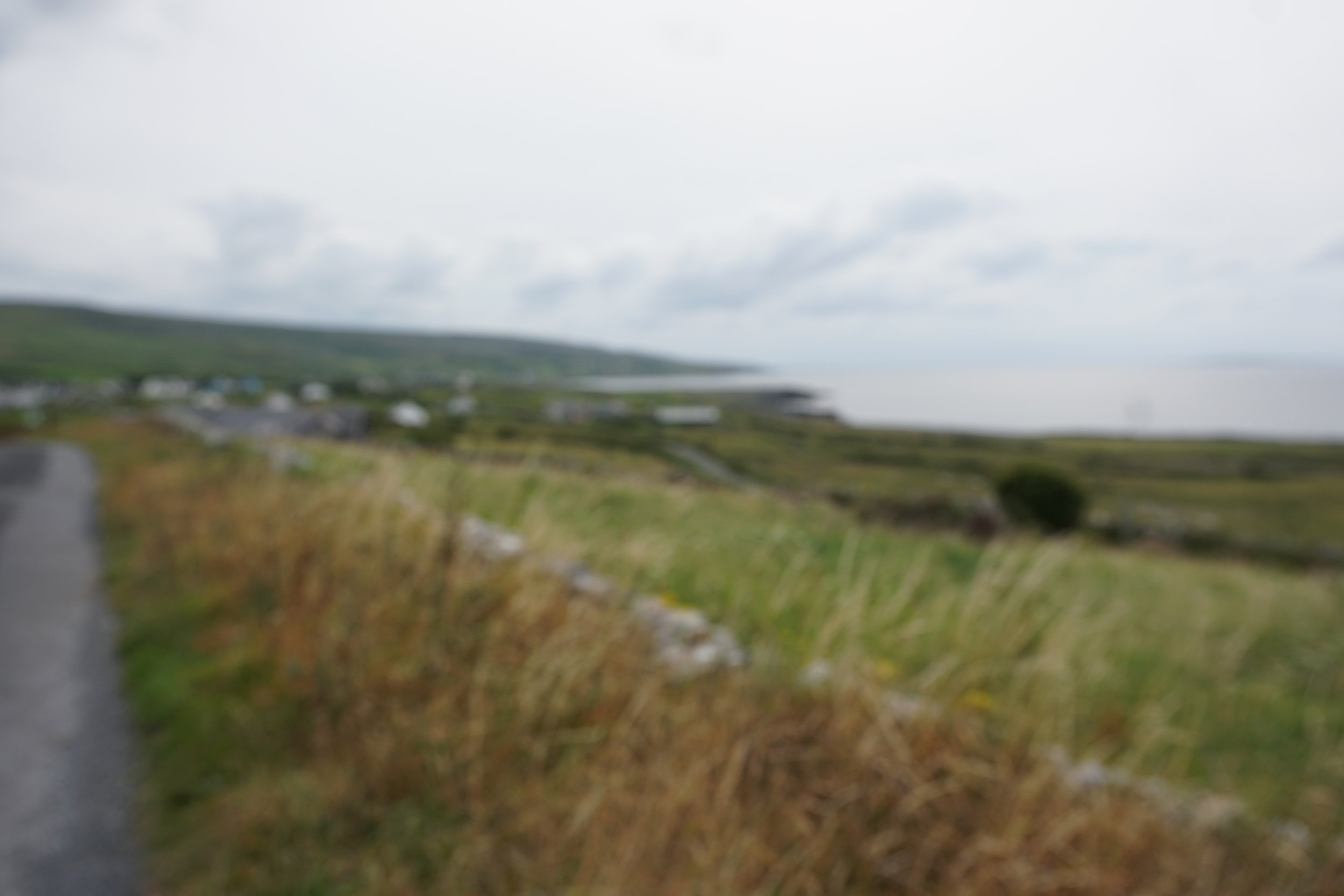


























































































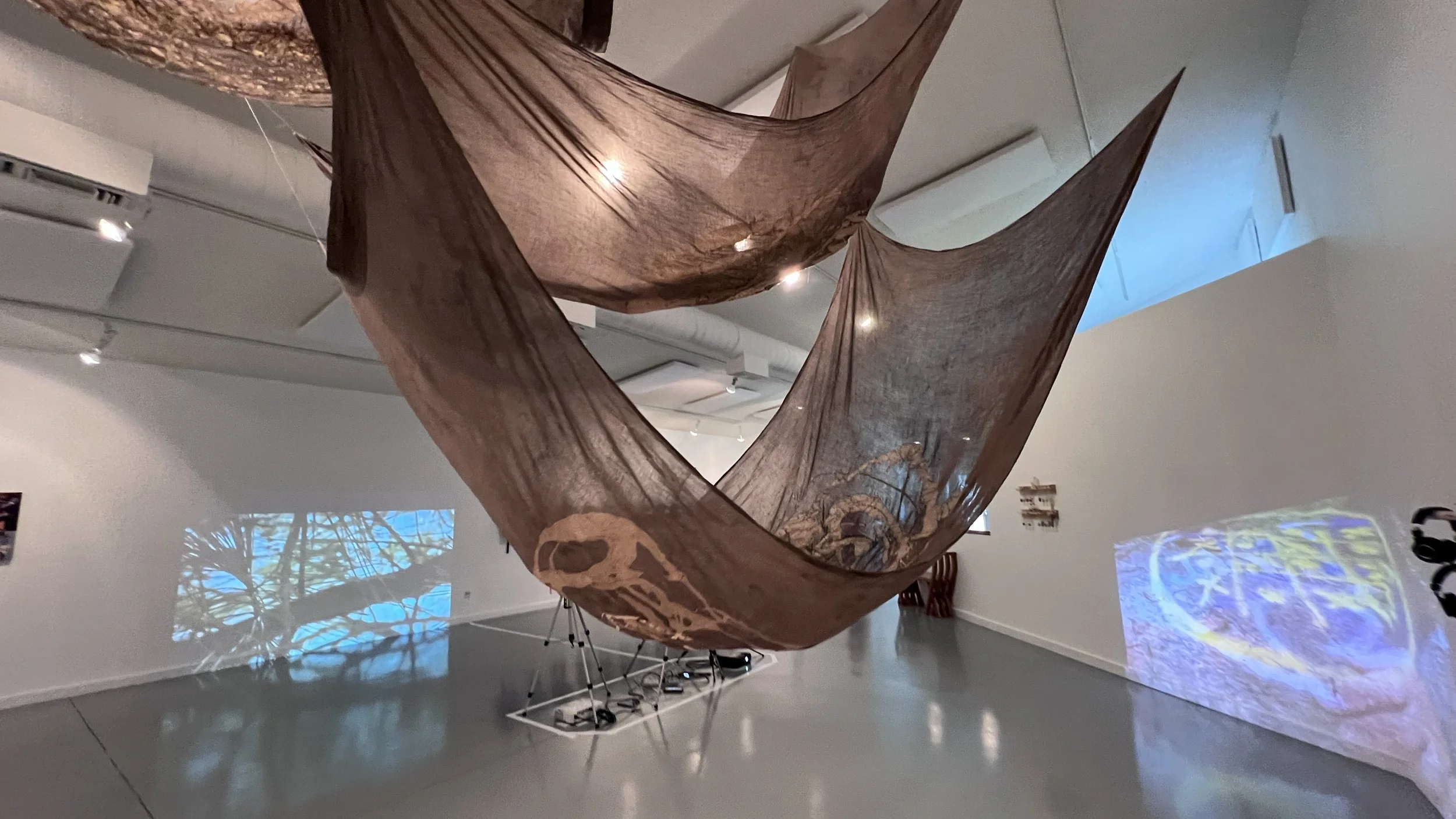











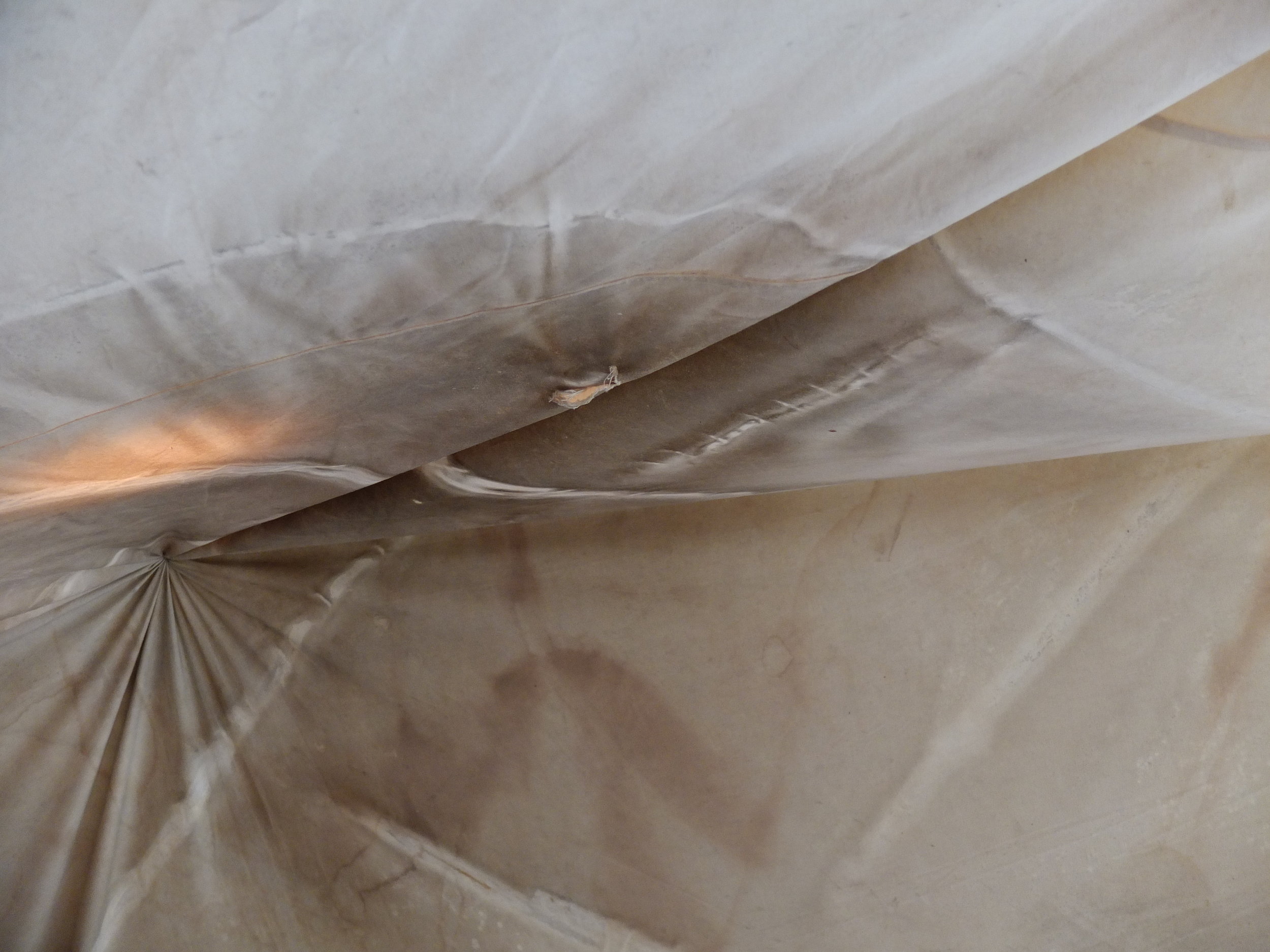



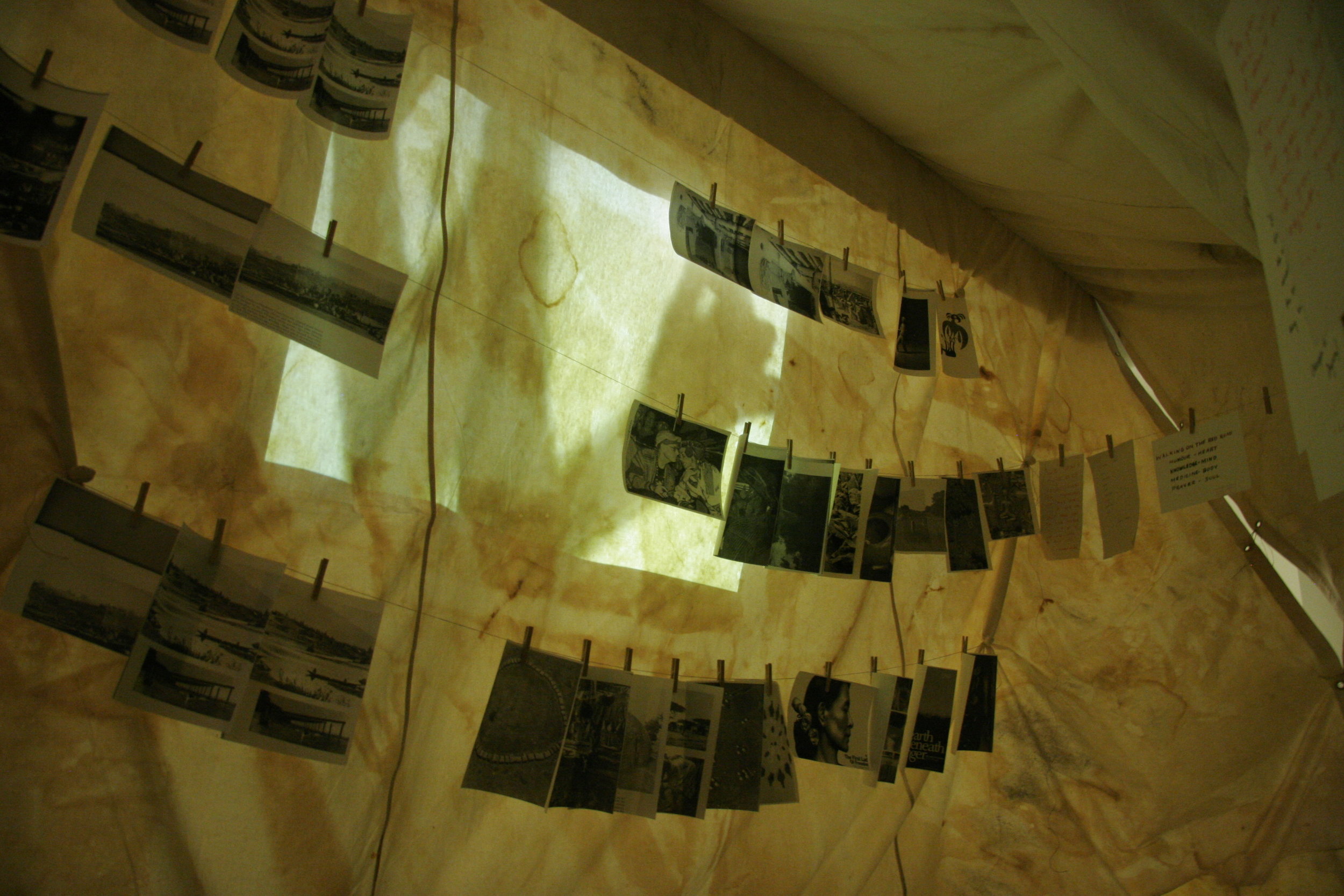
![DSC00295[1].JPG](https://images.squarespace-cdn.com/content/v1/5c5cf9597d0c914795dae5ce/1549691862840-82ZZ2WSRYF023JDHKJU3/DSC00295%5B1%5D.JPG)
![DSC00057[1].JPG](https://images.squarespace-cdn.com/content/v1/5c5cf9597d0c914795dae5ce/1549692128607-K5JHIX4Q8HD3MNVRFLIZ/DSC00057%5B1%5D.JPG)